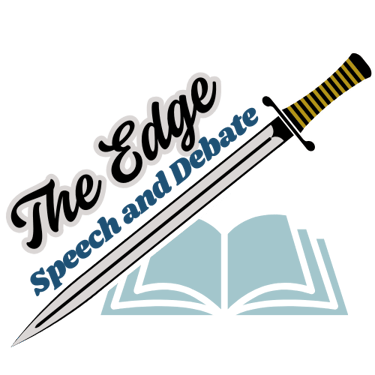Resolution: A resolution is a statement that proposes a policy change, and the debate focuses on whether this change should be implemented.
Affirmative: The affirmative team argues in favor of the resolution, typically presenting a plan to implement the policy change.
Negative: The negative team argues against the resolution, presenting reasons why the policy change should not be implemented.
Speeches: The debate format includes constructive speeches, cross-examination periods, and rebuttal speeches.
Evidence: Policy debate heavily relies on evidence to support arguments, requiring extensive research on the topic.
Strategy: Debaters must develop logical arguments, anticipate counterarguments, and strategically analyze their opponents' positions.
Team Policy Debate
Constructive Speeches: Each debater presents their main arguments and supporting evidence.
Cross-Examination: A period where the opposing team can question the speaker on their arguments and evidence.
Rebuttal Speeches: Debaters respond to the arguments made by the opposing team, synthesizing the debate and highlighting key issues.
Important Considerations:
Civility: Debaters are expected to be respectful and professional throughout the debate.
Evidence: Evidence is crucial for supporting arguments, and debaters must be able to present and defend their evidence.
Preparation: Thorough preparation, including research and strategic planning, is essential for success in policy debate.
Judge's Role: Judges evaluate the arguments, evidence, and overall presentation to determine the winner.




